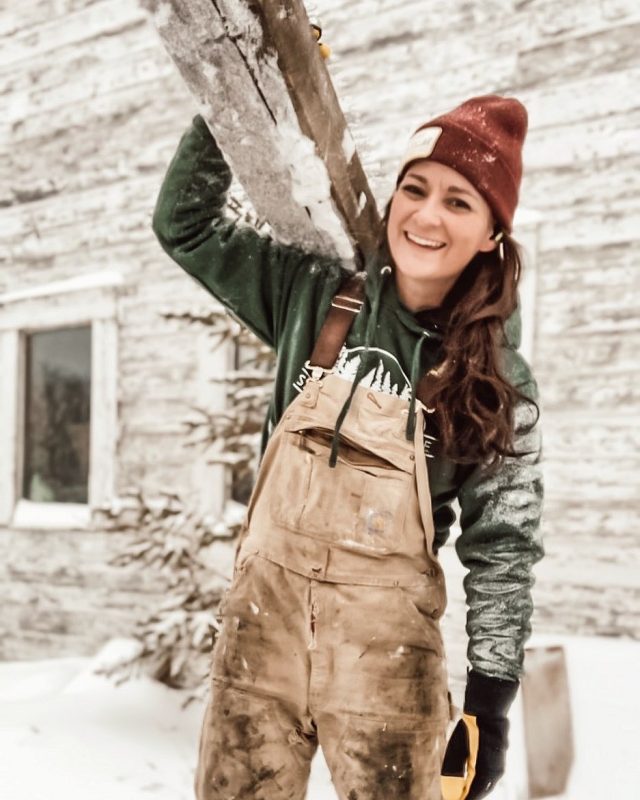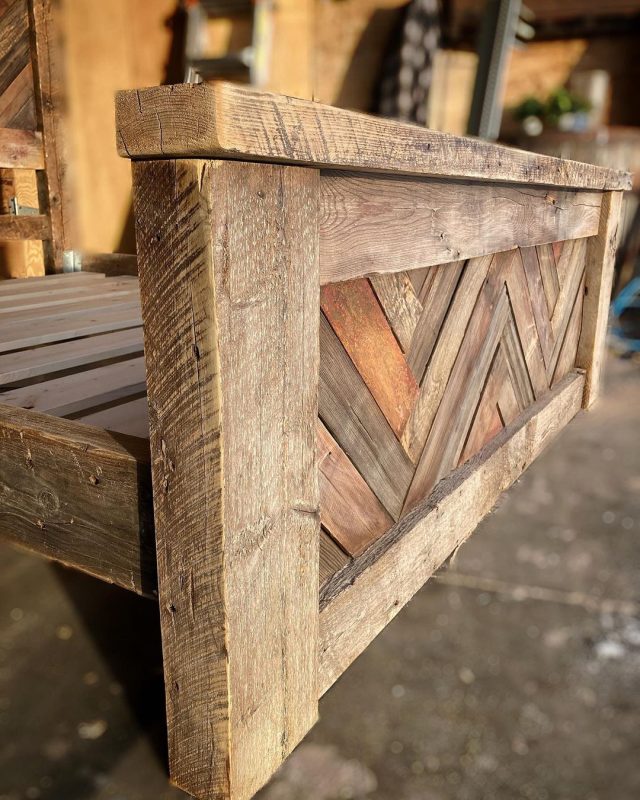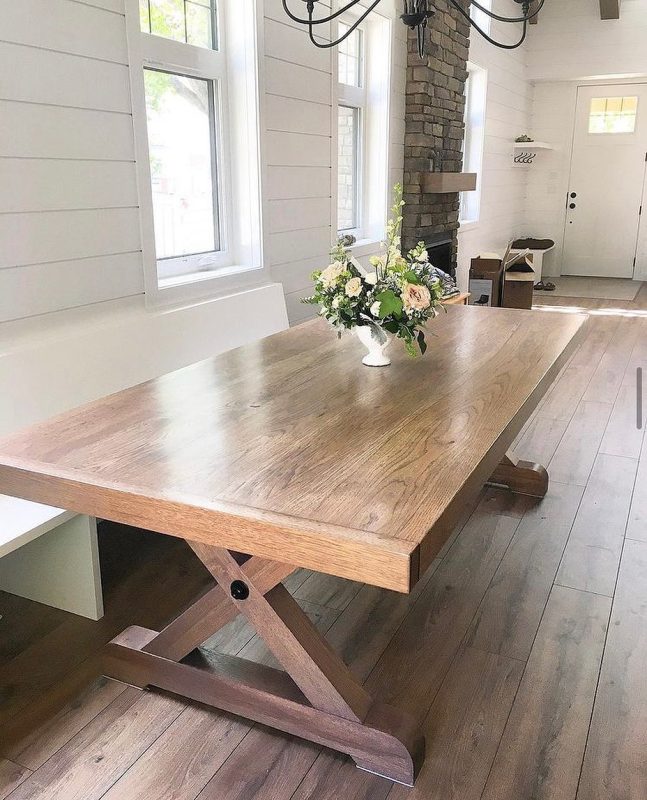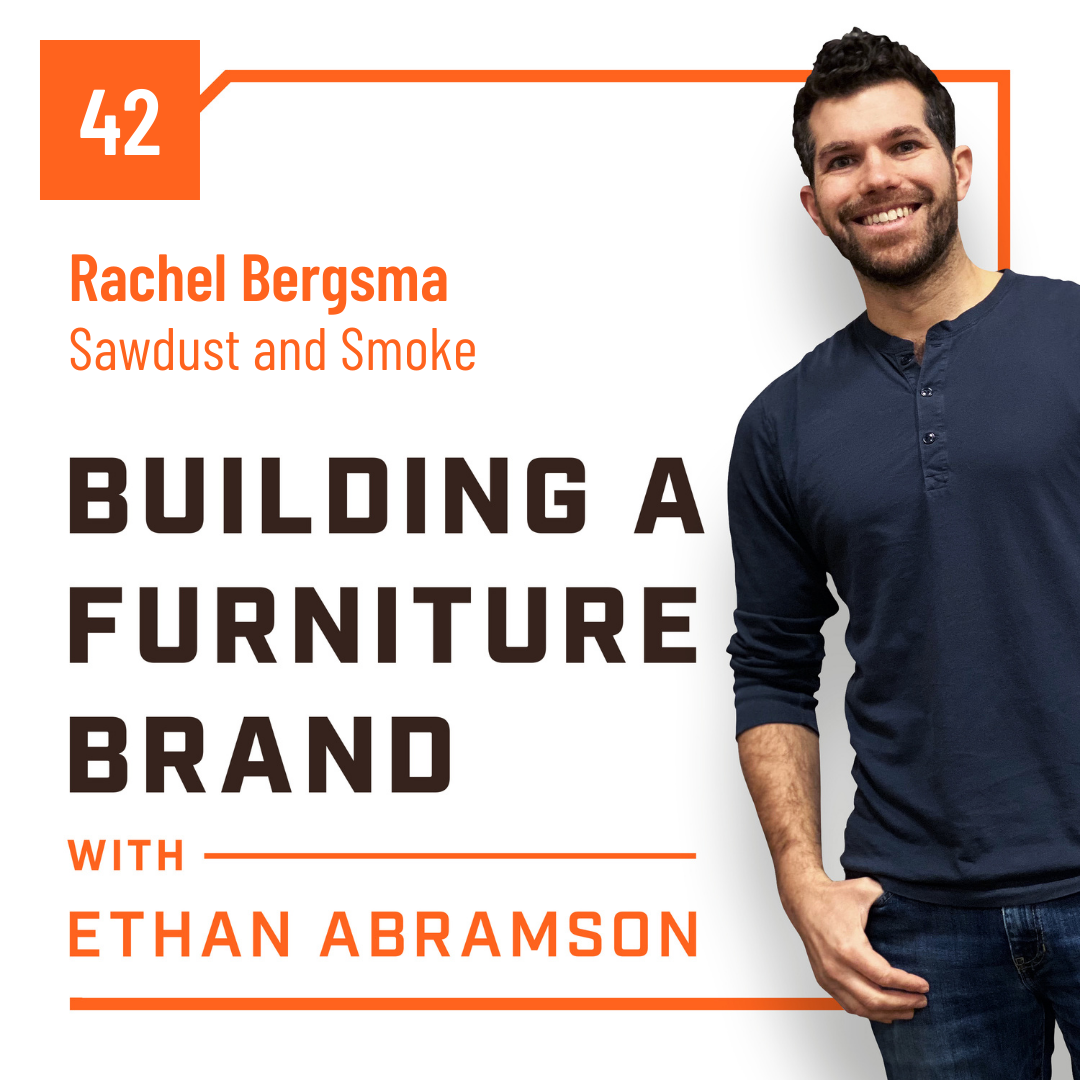The Face Behind The Sawdust with Rachel Bergsma of Sawdust and Smoke
“So I decided that I’m either going to charge enough that I can work hours that aren’t gonna kill me, or I’m gonna have to stop doing this because it’s just killing me.”
- Rachel Bergsma
Welcome to Building a Furniture Brand with Ethan Abramson, the show that talks about the business behind the furniture business. In this episode, Ethan sits down with Rachel Bergsma, owner of the Saskatoon Saskatchewan-based furniture company Sawdust and Smoke.
Rachel is a self-taught furniture maker, starting her company from nothing to now having a year-long waitlist for clients wanting new builds. On that journey, she learned how to make amazing furniture. But she also learned how to build a business, how to build a brand, and how to recognize her achievements.
She used all of that to turn a company that was barely holding on to one that today is successfully thriving. Follow along as we talk about the importance of being the face of your business, what sustainability looks like in the woodworking industry, overcoming imposter syndrome, and more.

Whatever Fit in the Back of her Truck
“I started Sawdust and Smoke when I moved across the country. So I was originally born and bred in Ontario and then moved to Saskatchewan with just whatever fits in the back of my truck. I got a house out here, and I noticed that I didn’t have any furniture and couldn’t afford any furniture. But I had a circular saw. And I had a drill.
This was the time when Ana White was really big, and everybody was doing those kinds of beginner plans. And I was like, ‘Alright, I could totally do one of these.’ The first ones looking back now, I would not have sold those to people, but they bought them. A few of my friends decided they wanted things, and I made them for them. And then they told their friends.
So it grew organically by word of mouth at the beginning, which was really nice. And then I just got a little better; I bought myself a few more tools. That was a big step in my business. But that’s pretty much how it went. It was just self-taught. Yeah, I got really lucky. People talked about it here. It allowed me to kind of grow my business and sort of practice on them. And just never stopped.”
- Rachel Bergsma
For Rachel, it was easier to pack tools than it was to pack furniture, and what started as a necessity grew into a passion. When she began her business, Rachel was on maternity leave and was home with her daughter most of the time. Building furniture was a creative outlet, but even more, appealing to her, it allowed her to visualize what she accomplished at the end of the day.

Seeing Progress
“I mean, furniture making is one of those things where you basically start with a bunch of flat pieces. And hopefully, by the end of the day, you can see progress. That progress was really good for me mentally. So that was the push to keep going at the beginning.”
- Rachel Bergsma
Building a furniture business is challenging, but when customers receive a piece you’ve made, it creates an incredible feeling of satisfaction. For Rachel, in the beginning, when clients would provide her a drawing or an idea of what they wanted, she doubted whether she could create it for them, but she always tackled it anyway.
However, as time has gone on, she has progressed to the point where even a simple napkin drawing allows her to fulfill her clients’ dreams. Seeing the happiness on their faces, especially if they don’t have the skills to do it on their own, provides an incredible reward for Rachel and is one that keeps her going time and time again.

Paying for Tools with Projects
“I would say for people that are just starting if you’re not in a position where you’re going to get like a formal business loan to pay for all of your new tools if you’re just feeling it out, testing the waters, don’t just buy tools without having a project that paid for it.
When I started building my tool repertoire before I got to a point where I could work with tool brands, I would have sort of a structure where I was like, “Okay, this build I am naming New Table Saw because any of the profit, on top of expenses, and paying myself is this new table saw.
Everything had a purpose, every new build that I took on was like, ‘Alright, you are this new product that I am going to buy to get my business to the next level that I want it to be at.’ So it created a real vision for what pieces I needed, what new things were going to increase the value of my work and increase the quality of my work.”
- Rachel Bergsma
This process of Rachel’s means that everything is trackable. Although it is tempting to go out and buy a load of different tools that you may not necessarily use just because you’ve seen them on social media, it is usually not a good idea. Growth comes from goals and plans and is most effective when you think through your investments to make intelligent decisions.
Instagram: @sawdustandsmoke

